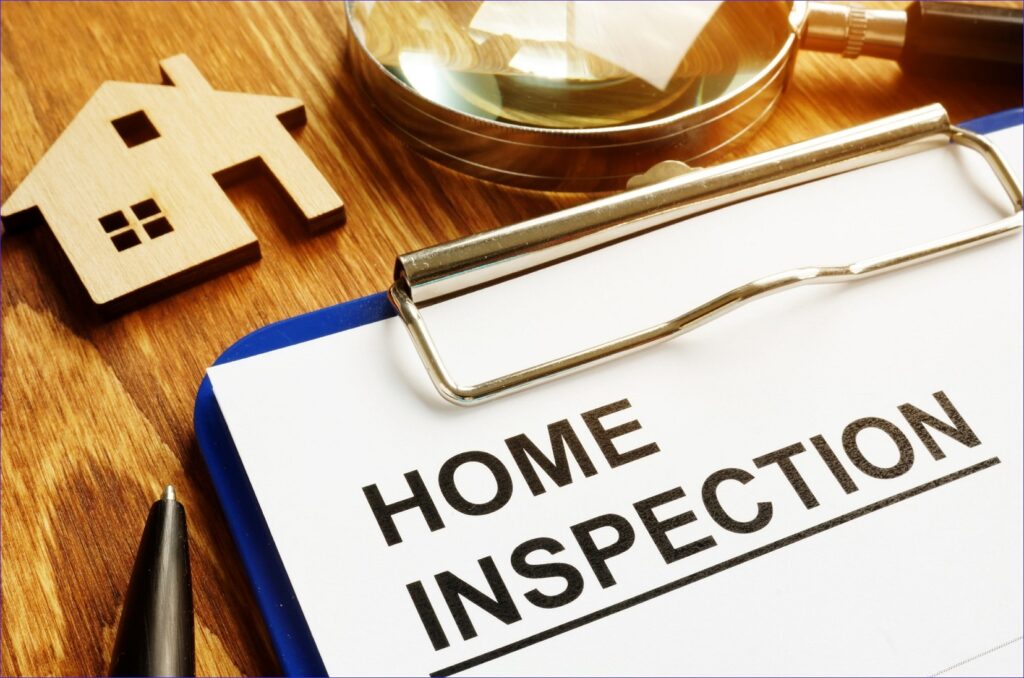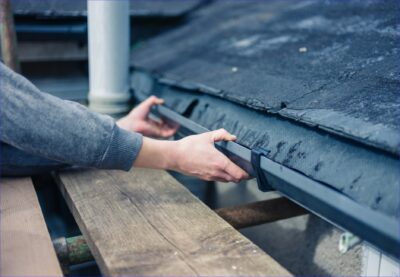Understanding Home Inspections: What Every Seller Should Know
Understanding the home inspection process is vital for sellers as it can help them better prepare their homes for the market and anticipate potential issues that buyers may flag. Here’s a guide on what every seller should know about home inspections:

1. Purpose of Home Inspections:
- For Buyers: A home inspection gives potential buyers a chance to identify any major issues with a home before closing.
- For Sellers: It can be advantageous for sellers to conduct a pre-listing inspection to address any potential problems before putting the house on the market.
2. What Inspectors Look For:
Inspectors typically review the following areas:
- Structural components: walls, floors, ceilings, roof, and foundation.
- Electrical system: wiring, main panel, circuits, switches, and outlets.
- Plumbing system: pipes, drains, water heating equipment, and sump pumps.
- HVAC system: equipment, air ducts, vents, and thermostats.
- Exterior: siding, windows, doors, landscaping, drainage, driveways, and sidewalks.
- Roof: shingles, flashing, chimneys, vents, and skylights.
- Interior: windows, floors, walls, doors, staircases, installed appliances.
- Insulation and ventilation.
- Fireplaces and chimneys.
-
3. Limitations of Inspections:
- Inspections are typically non-invasive, which means hidden problems might be overlooked.
- They don’t cover things like pest infestations, mold, or toxins.
4. Preparing for an Inspection:
To ensure a smooth process:
- Clean the house: A tidy home can give the inspector a good impression.
- Ensure easy access to areas like the attic, basement, and any crawl spaces.
- Provide keys to locked areas.
- Clear away brush from exterior inspection points.
- Replace burnt-out light bulbs to avoid a false “electrical problem” report.
- Make sure all utilities are connected.
- Be ready to vacate the home during the inspection.
5. Dealing with Inspection Results:
- Address Major Issues: If significant problems are found, especially those related to health or safety, it’s wise to address them. This can be through repair or offering a credit to the potential buyer.
- Negotiate: Some issues might be open to negotiation. For instance, instead of fixing a problem, you might adjust the selling price or offer a credit.
- Disclosure: If you know of issues beforehand, disclose them. It’s better for potential buyers to know from the outset than to discover them during the inspection.

6. Pre-Listing Inspections:
Conducting an inspection before listing the property is a recommended step especially if one’s home is older. An inspection performed for you the seller will allow you to get an objective condition report of your home. It will take away the emotional stress of negotiating the findings of an inspection done for the Buyer A pre-listing inspection allows you to:
- Address any issues in advance, making your home more attractive to buyers.
- Potentially justify a higher listing price if you can demonstrate the home is in excellent condition.
- Reduce surprises and emotional stress that might derail a sale.
7. Remember the Emotional Aspect:
Sellers might feel vulnerable or defensive when an inspector points out issues, especially if they’ve lived in the home for a long time. It’s essential to remember that the inspector’s job is to identify potential problems, not to critique your home’s decor or cleanliness.
In conclusion, a home inspection is a crucial part of the selling process. By understanding what it entails and preparing adequately, sellers can facilitate smoother transactions and potentially avoid roadblocks on the way to closing a sale.


 English
English Chinese
Chinese Korean
Korean Hebrew
Hebrew Russian
Russian
